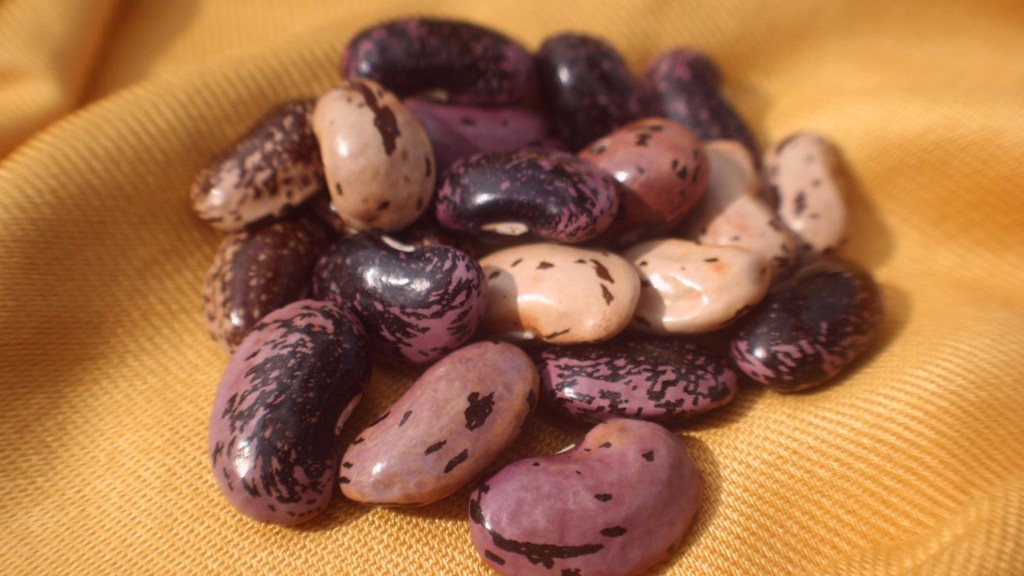Guest blog post:
Kathy Olsen
Haywood County Public Library
The time to start thinking about seed saving is now! I know, it seems like something you will tackle at the end of the growing season but, actually WHERE you
put your plants is important when it comes to saving seeds. Some plants are more likely to cross-pollinate than others. Here’s some helpful information:
1) Know whether your parent plant is a hybrid or open-pollinated variety. Hybrids, which are created by crossing plants of two different varieties, generally do not produce offspring with the same traits as the parent plant. Seeds saved from open-pollinated varieties, on the other hand, will produce plants identical to the parent. Heirloom seeds, are open-pollinated varieties with a history of being handed down from generation to generation. The Seed Library of Waynesville only has open-pollinated seeds so you can trust that your plants will be ‘true-to-type”
2)Know your plants’ specific name [genus and species]. Cross-pollination is the transfer of pollen between plants. To save pure seed, you want to prevent cross-pollination between two different varieties in the same species. Planting just one variety in a species will help ensure you save pure seed.
If you know your plants’ scientific name, you will know which ones may cross-pollinate. This is especially true with squash. For example, squash commonly grown could fall into one of three species: Cucurbita maxima, C. moschata, and C. pepo. These species won’t typically cross-polinate. On the other hand, Brassica oleracea includes broccoli, Brussels sprouts, cabbage, cauliflower, collards, kale, and kohlrabi, all plants you might think wouldn’t cross-pollinate, but actually do. Read up on the cross-pollination habits of the plants you are saving seeds from to ensure you won’t run into issues.
3)Know how your plants pollinate. Understanding how garden plants are pollinated will help you prevent cross-pollination. Some plants will self-pollinate before the flowers are even open, making them less susceptible to cross-pollination. Examples of “selfers” are tomatoes, peas, and beans, On occasion, insects can cross-pollinate selfers. Plants that are insect-pollinated (squash or cucumbers) or wind pollinated (corn and spinach) are more likely to cross-pollinate.
4) Understand the life of the plant, know when it’s best to save the seed
Some fruits are ready for eating long before the seed is mature. Examples of this include cucumbers, eggplants, peas, beans, and cabbage. Take into consideration spacing and timing when planning your garden for seed saving. Also, allowing certain plants to ‘over-mature’ will ensure that the seed is as viable and healthy as it can be.
For beginners, keep it simple and don’t get discouraged! Remember, some plants are easier to save seeds from than others. Saving seed from “selfers” is a good way to get started. There are ways to prevent cross-pollination, but if you’re just starting out, planting just one variety per species, can ensure your seed has not cross-pollinated.
As always, if you have questions don’t hesitate to ask! If I don’t know the answer, I can find it for you.
Some of this information was gleaned from the Seed Savers website. They have a wonderful selection of Heirloom seeds and a wealth of information
Kathy Olsen, Programming Librarian and Seed Library Administrator
Haywood County Public Library
828-356-2507/ kolsen@haywoodnc.net

